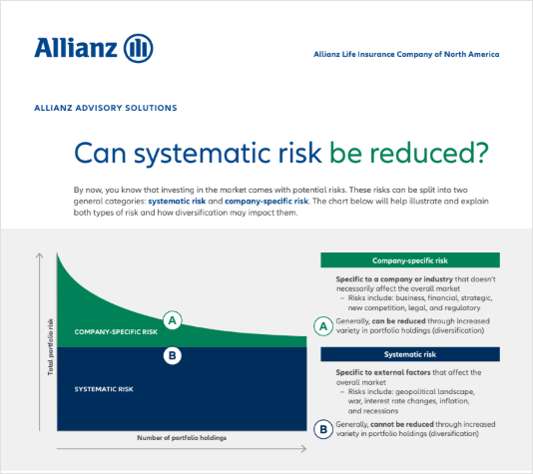
Private equity firms' pressure on the U.S. individual annuity market will keep the supply of registered index-linked annuities growing, according to Swiss Re Institute analysts.
The traditional annuity issuers have been armoring up with captive insurers and sidecars to push back against the private equity-backed newcomers.
The clash of the traditional issuers and the private equity players will probably fuel RILA market expansion without doing much for traditional fixed annuity sales or a revival in the traditional variable annuity market, the institute analysts predict in a new report on the world's life and annuity markets.
The increase in interest rates that began in 2022 has boosted U.S. individual fixed annuity sales, by increasing the yields that issuers can get on the bond portfolios supporting the annuity obligations and making offering fixed products more attractive. But "most of this is likely now past," the institute analysts write. "Products that combine fixed and variable aspects will continue to grow steadily."
Swiss Re is one of the world's major reinsurers, or sources of capital and advice for the "direct writers" of insurance. Its analysts' views could affect how Swiss Re uses its capital, the strategies its customers follow and overall market conditions.
What it means: Clients yearning for a traditional variable annuity renaissance may have to make do with what's on the shelf now.
Clients who love RILAs may get more options.
The backdrop: Private equity firms invest in companies through strategies other than buying publicly traded stock.
In the United States, the firms have benefited from the tough rules imposed on public companies in the wake of the 2000-2002 internet stock crash and rule exemptions for companies with a small number of sophisticated shareholders.
Private equity firms have acquired about $1 trillion in life and annuity company assets around the world since 2009, and they now own about 25% of U.S. individual annuity liabilities.
Meanwhile, they and the traditional U.S. annuity markets are facing a world in which U.S. retirement savers have a savings shortfall of about $45 trillion.
"Life insurance retirement income will be a key part of the solution to the retirement savings gap," the institute analysts say.
Private equity friction: Swiss Re Institute analysts see competition between private equity players and traditional issuers moving to a new stage.



